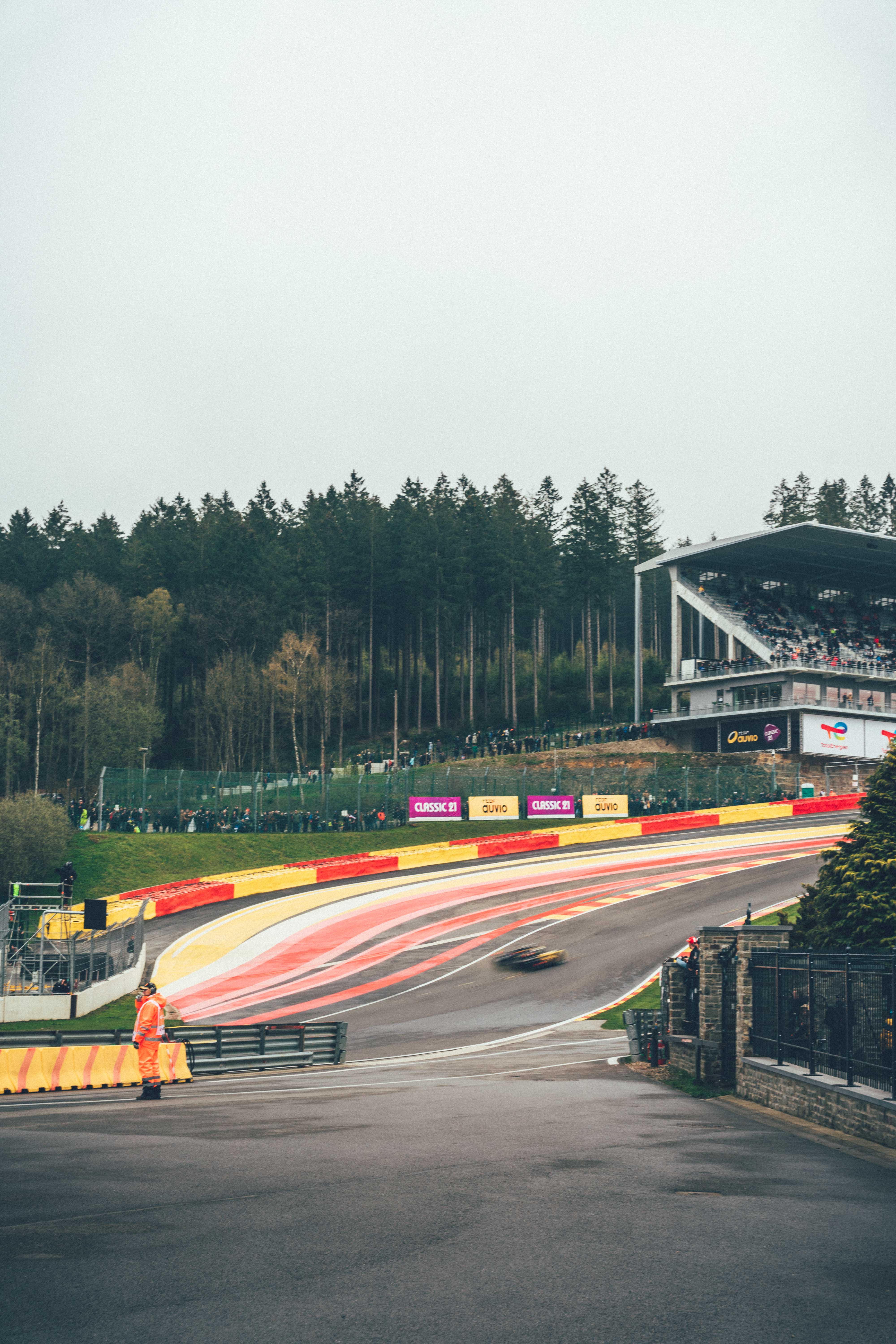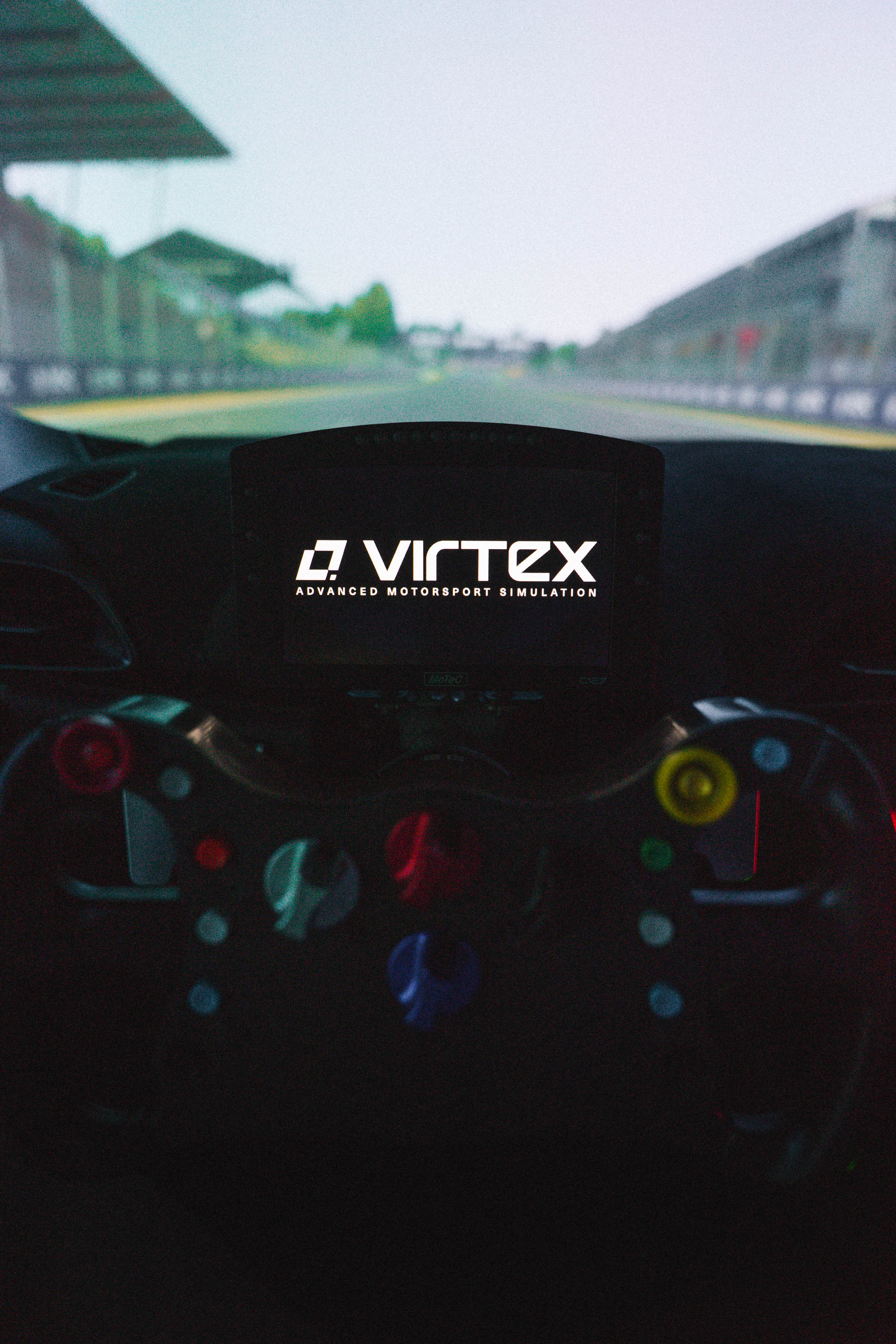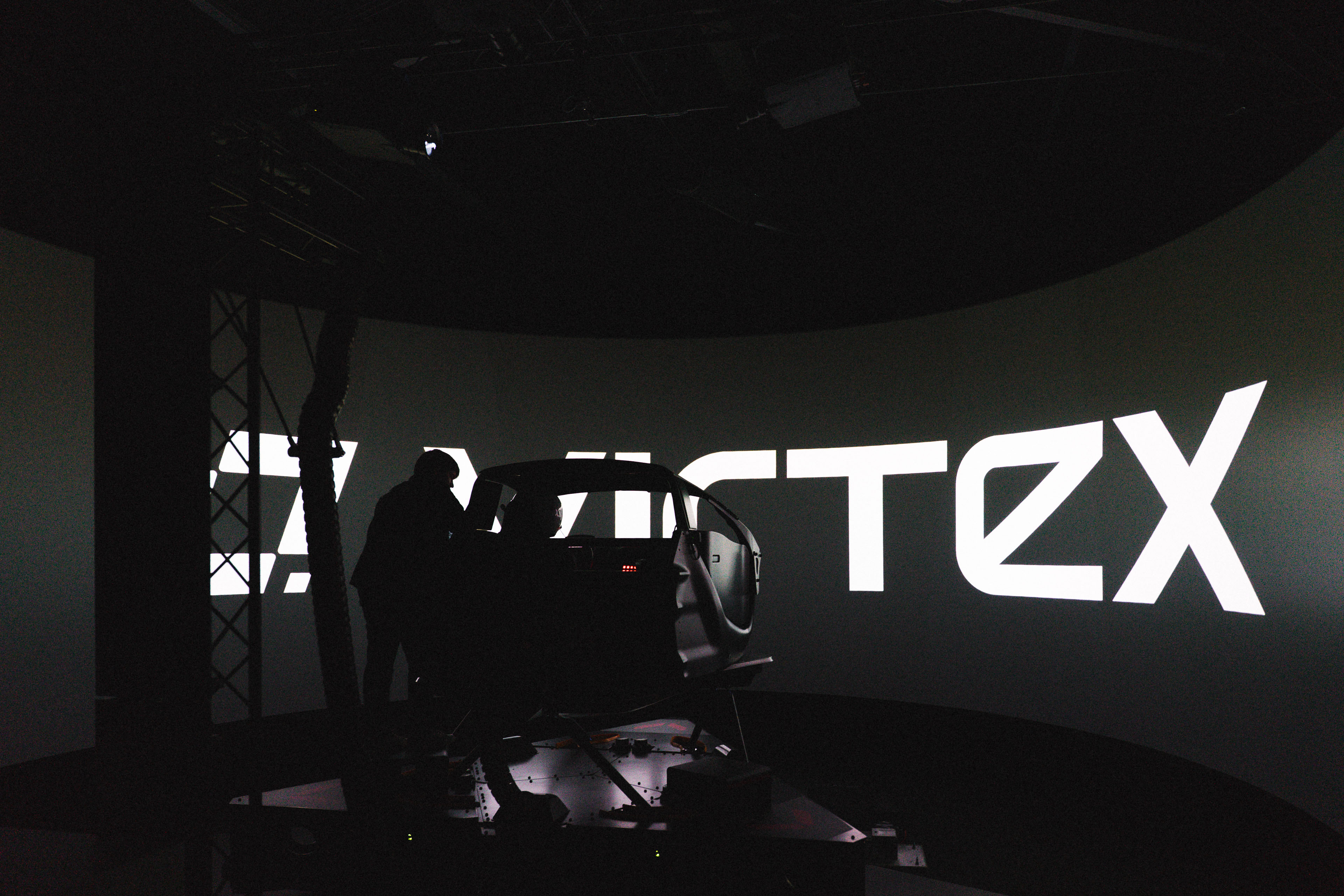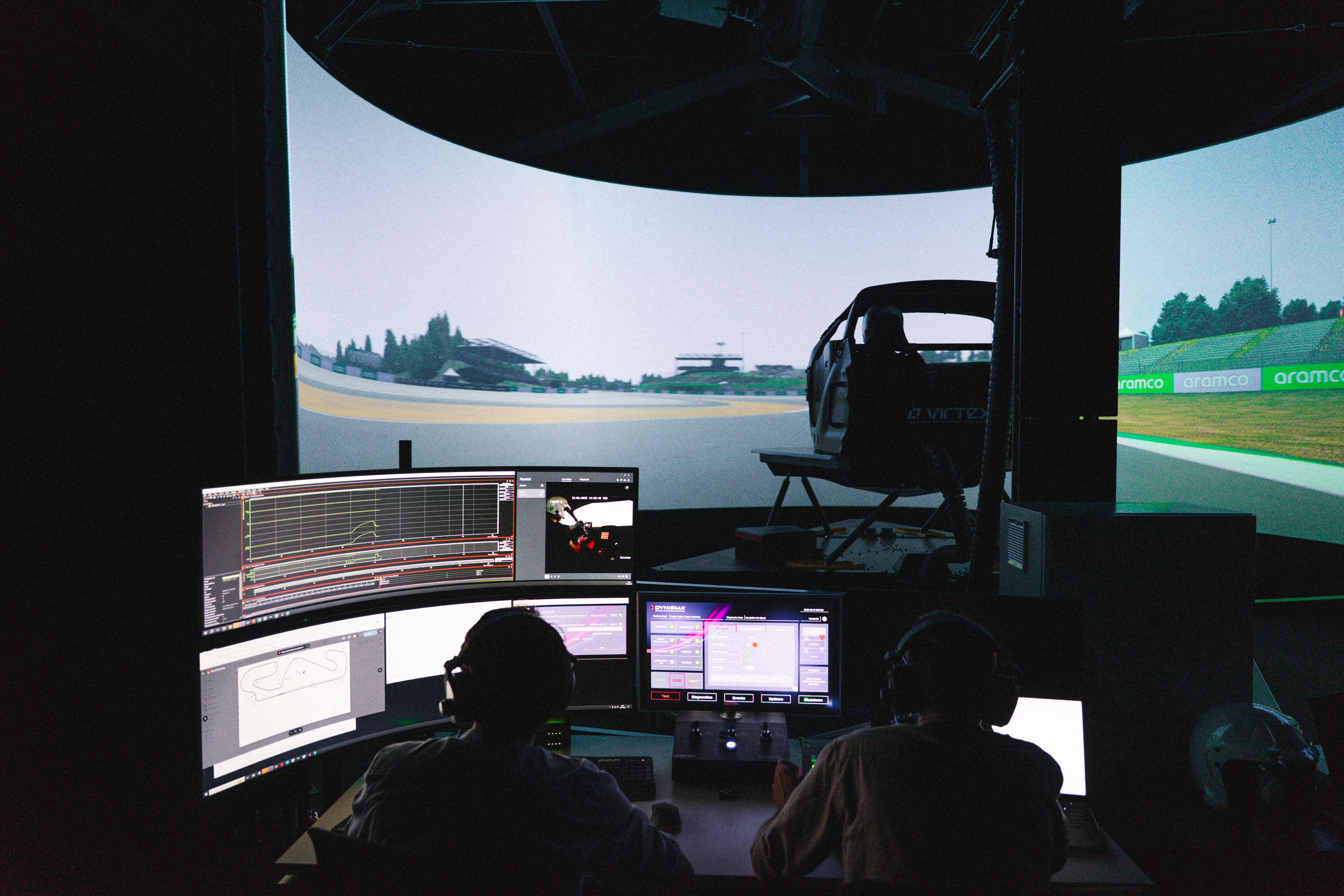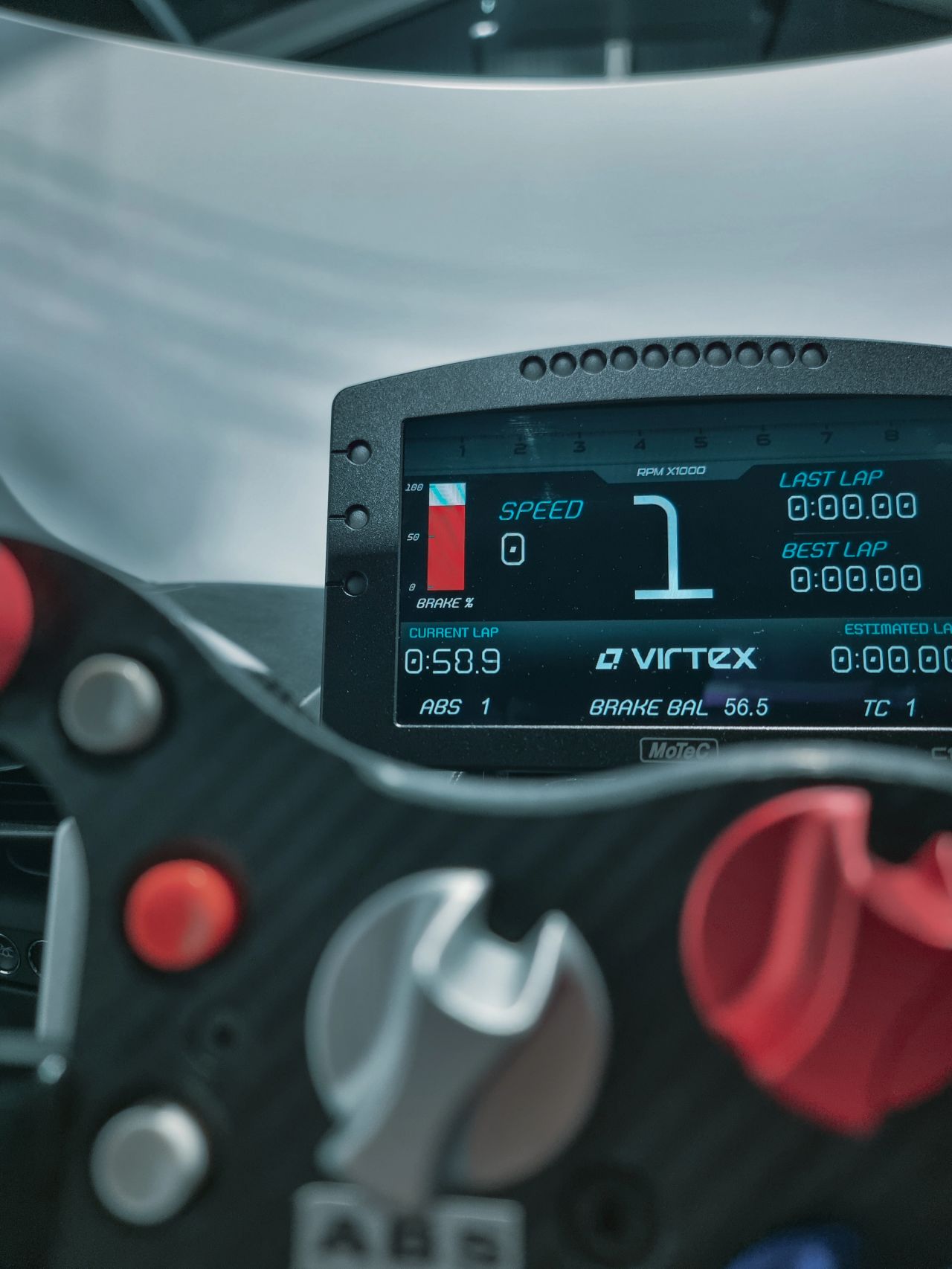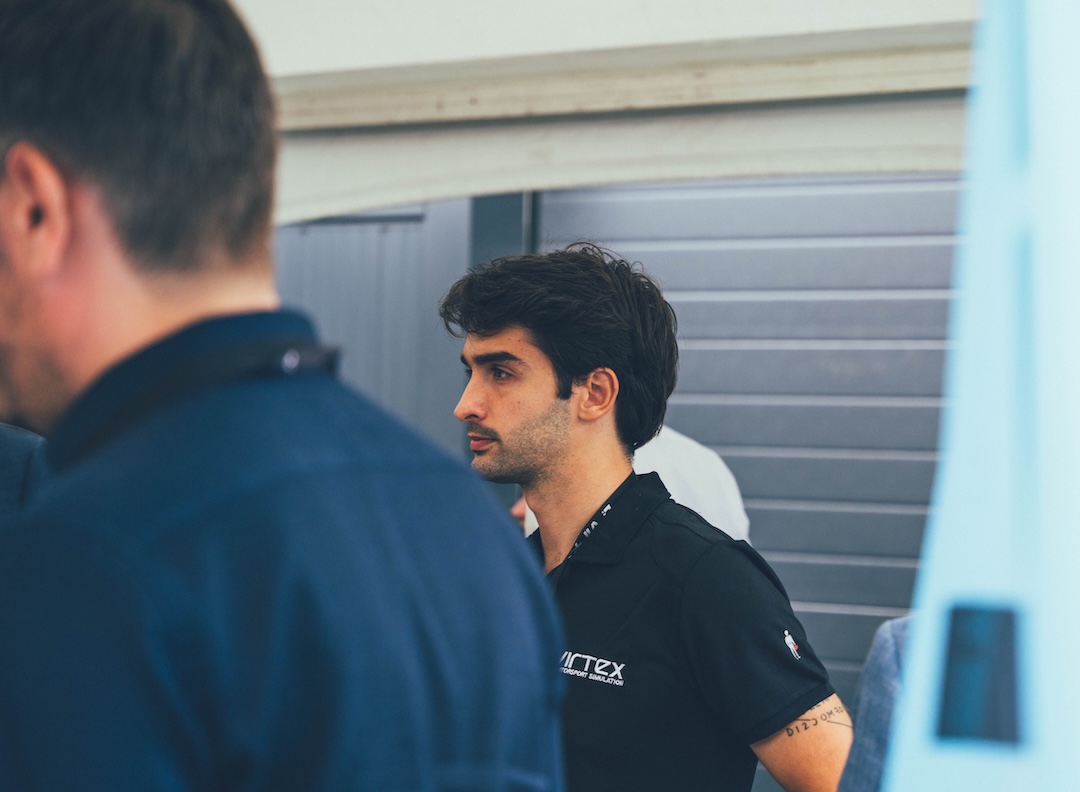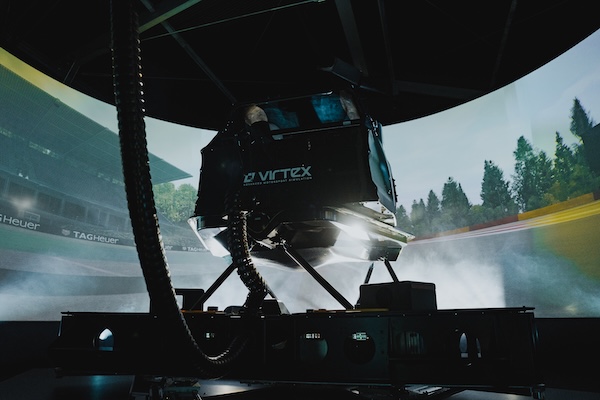Tech
How Simulation Technology is Redefining Driver Development
Simulators used to be seen as a tool for rookies — a way to learn the basics before stepping into a real car. But today, simulation is no longer just a stepping stone. It’s an integral part of how professional drivers at every level prepare, adapt, and improve. At Virtex, we’re seeing firsthand how simulation technology is becoming one of the most valuable assets in a driver’s toolkit.
Modern race weekends offer limited track time and little margin for error. Whether it’s a sprint format, a packed endurance schedule, or simply budget constraints, drivers often arrive with only a handful of sessions before qualifying. That’s where sim work becomes essential — not just for learning the layout, but for refining the feel, strategy, and setup of the car in detail.
“The immersion in the cockpit is second to none,” says Ugo de Wilde, a professional driver with experience across single-seaters and endurance racing. “I could feel setup changes like I do on the track, and it is definitely a tool I could use for race prep and car development.”
At Virtex, the use of motion platforms and high-fidelity vehicle models means that every setup change, tyre variation or balance shift has a realistic consequence — helping drivers fine-tune their feedback loop and engineers validate decisions without burning a single litre of fuel and expensive running cost.
It’s not just about what happens on the screen; it’s about what happens after each run.
“I never thought my first experience in a professional sim would be so realistic,” says Antoine Potty, “and that we’d get this quickly into the details of setup, lap by lap. Can’t wait to jump back in.”
The ability to debrief immediately with synced data, onboard video, and telemetry gives young drivers a chance to train like it’s done at the highest level of motorsport.
For all types of pro racers, sim sessions are about honing instincts — braking just a metre later, rotating earlier in low-speed corners, or experimenting with dampers or aero settings. But the value doesn’t end with drivers. Sim work is also becoming a key part of coaching and talent development. Engineers can monitor performance patterns across sessions. Coaches can replay exact scenarios and give feedback with full context. For teams working with younger or less experienced drivers, it’s a chance to accelerate learning without risk.
Driver development has always been about seat time. But today, the most efficient seat in motorsport might not be in the paddock — it might be in a simulator bay.

Thank you!
Your submission has been received!

